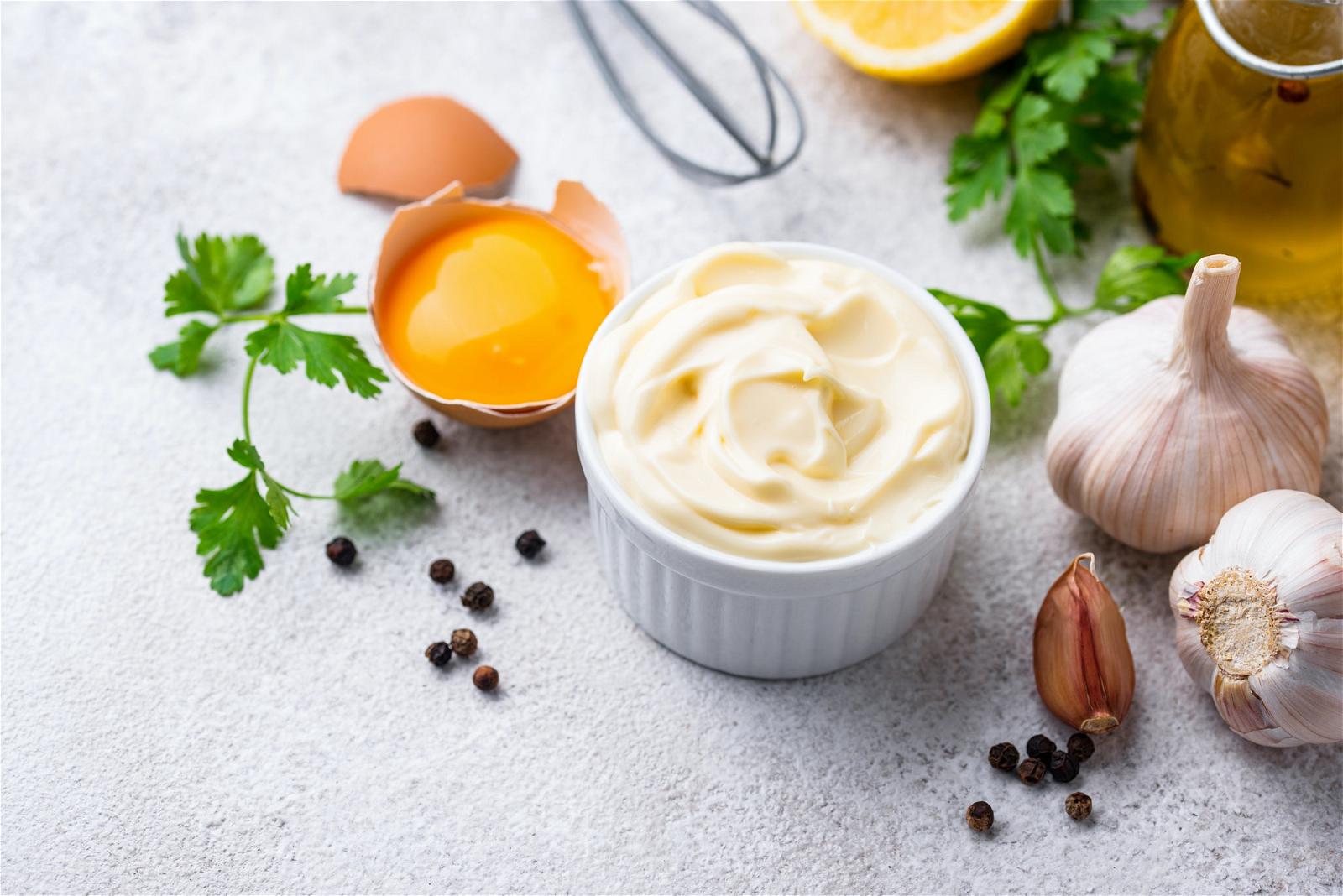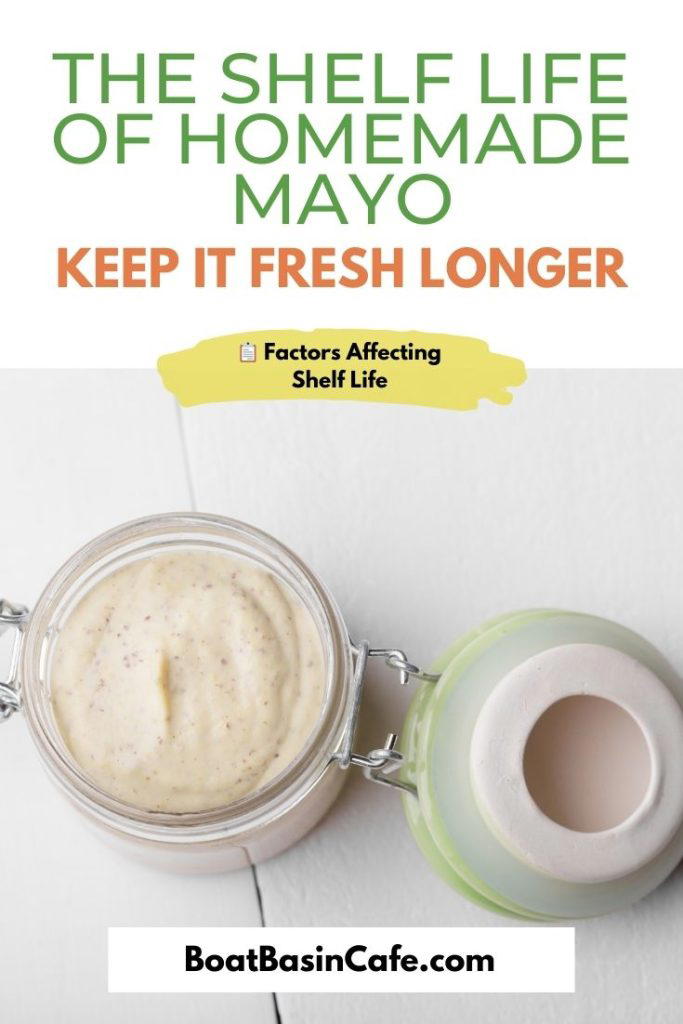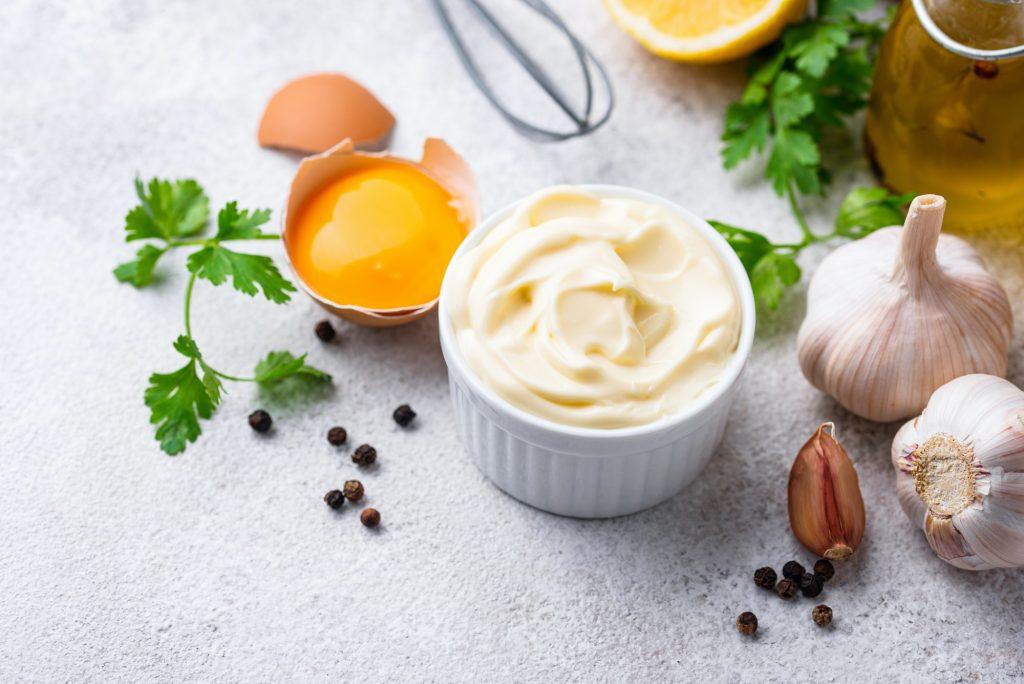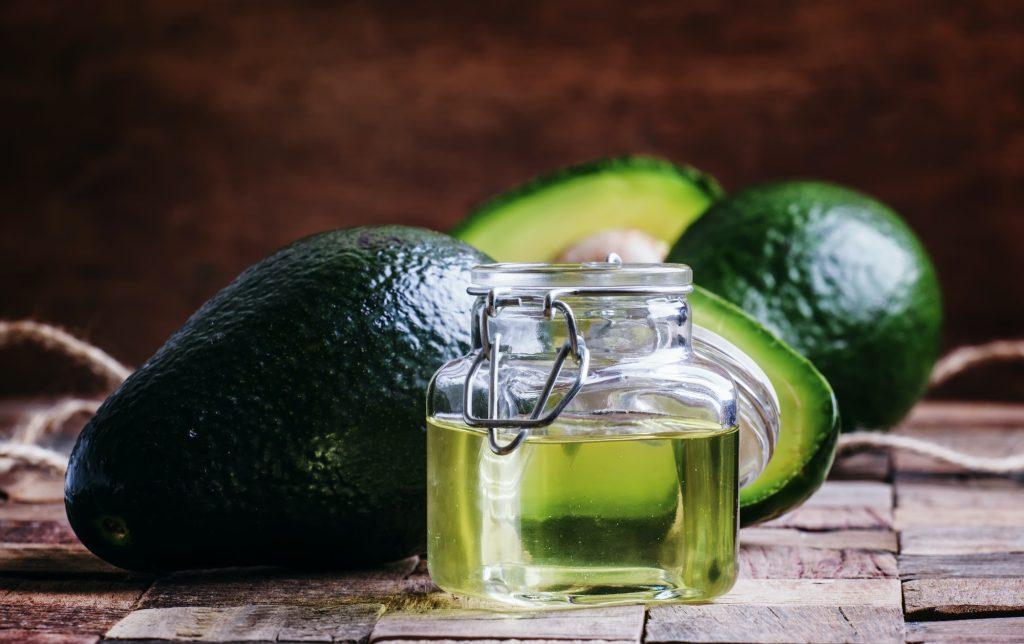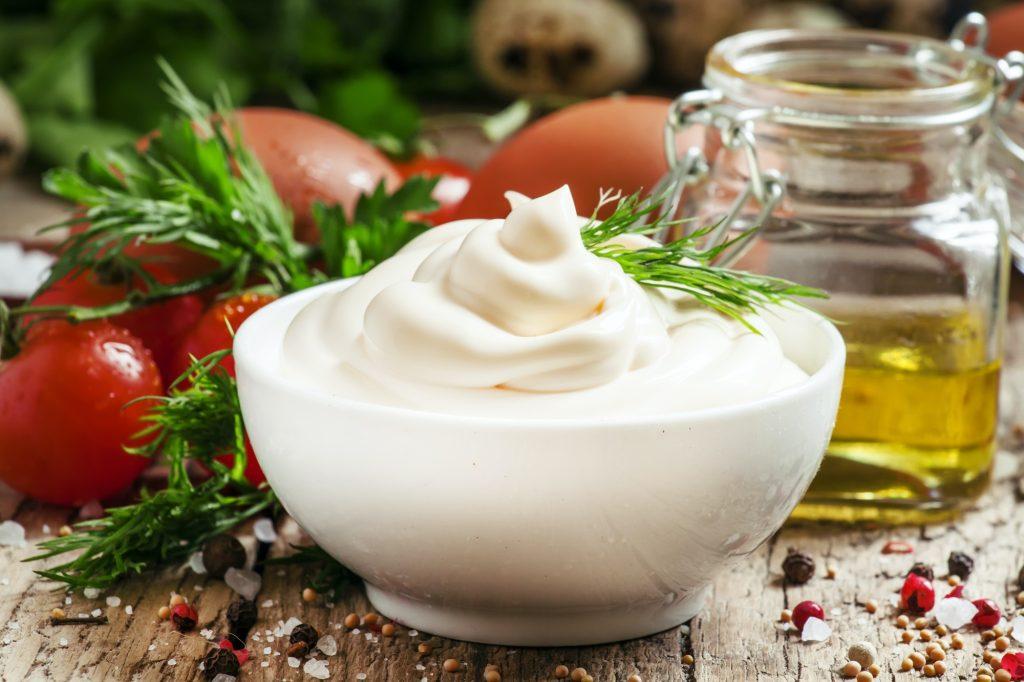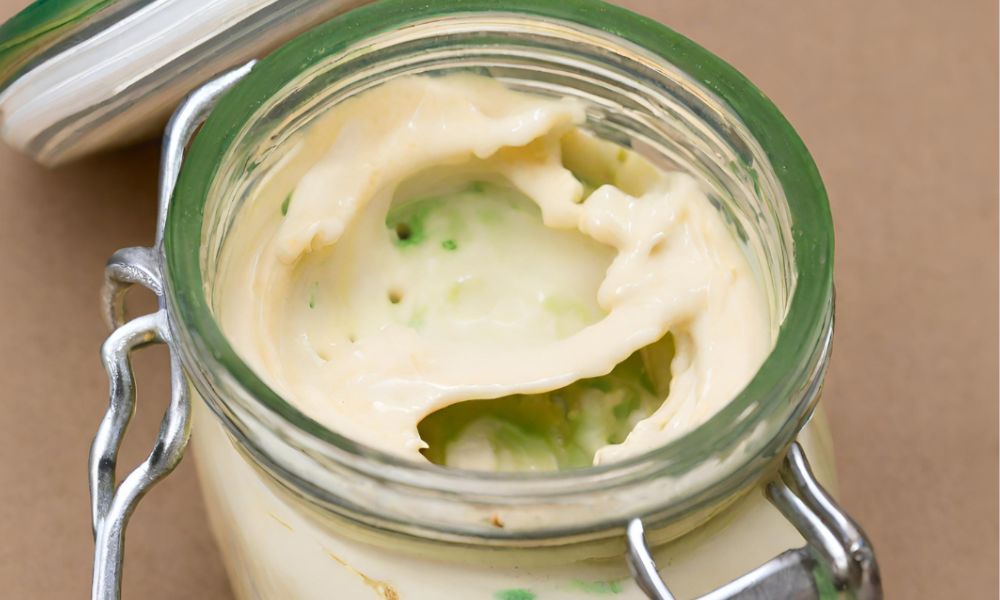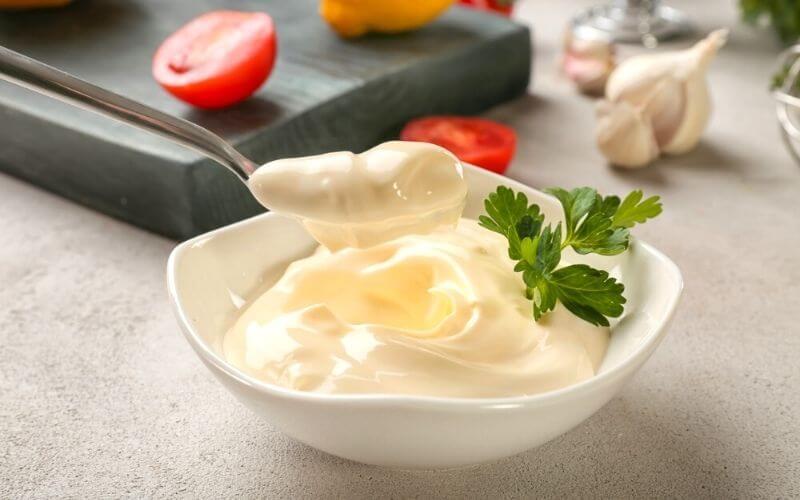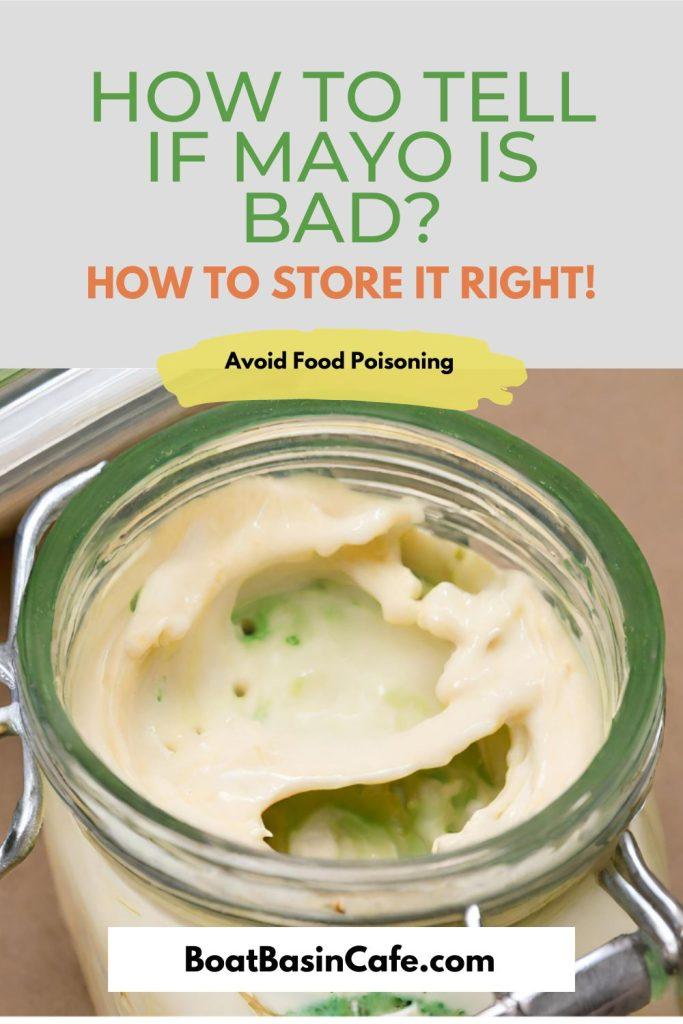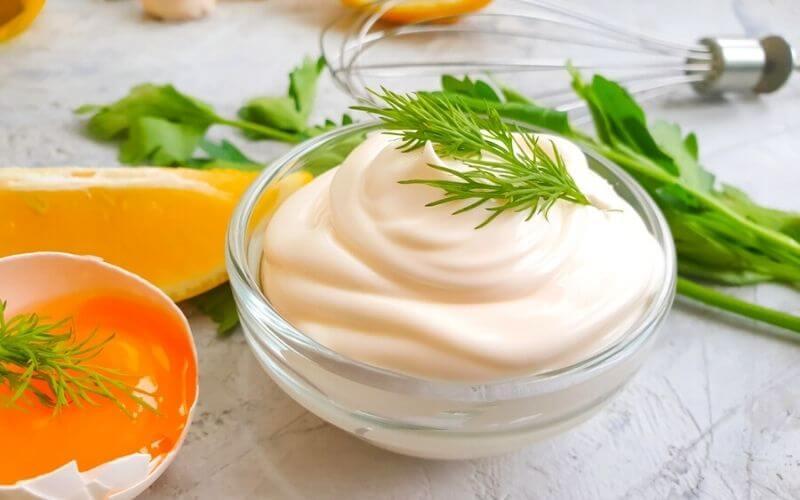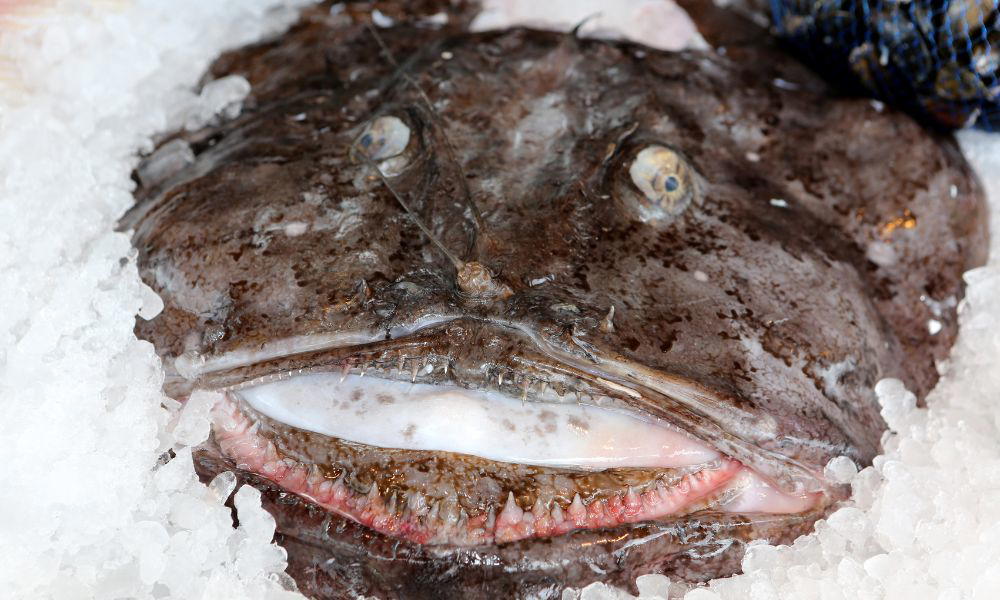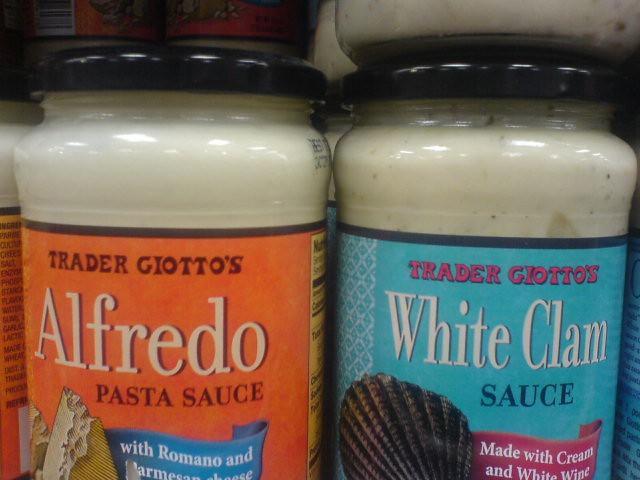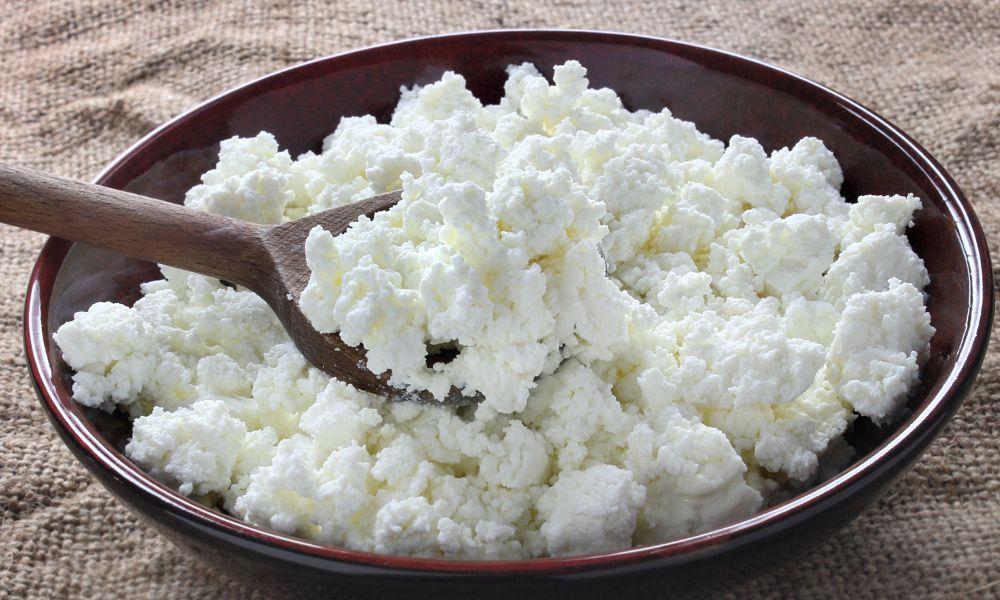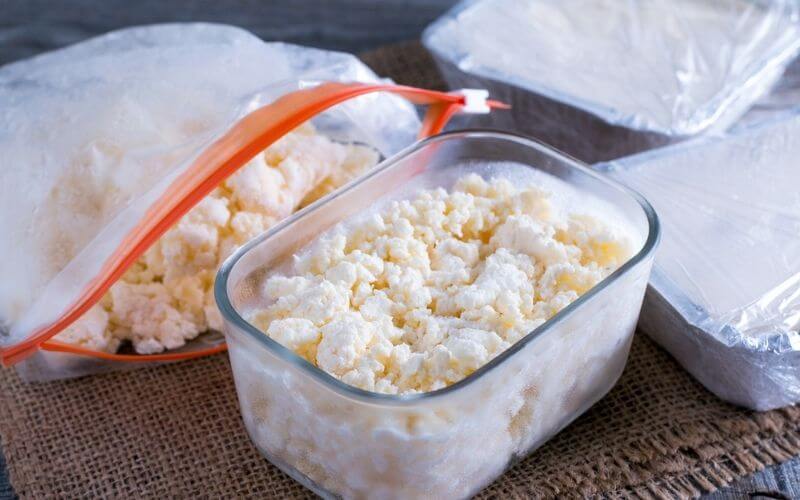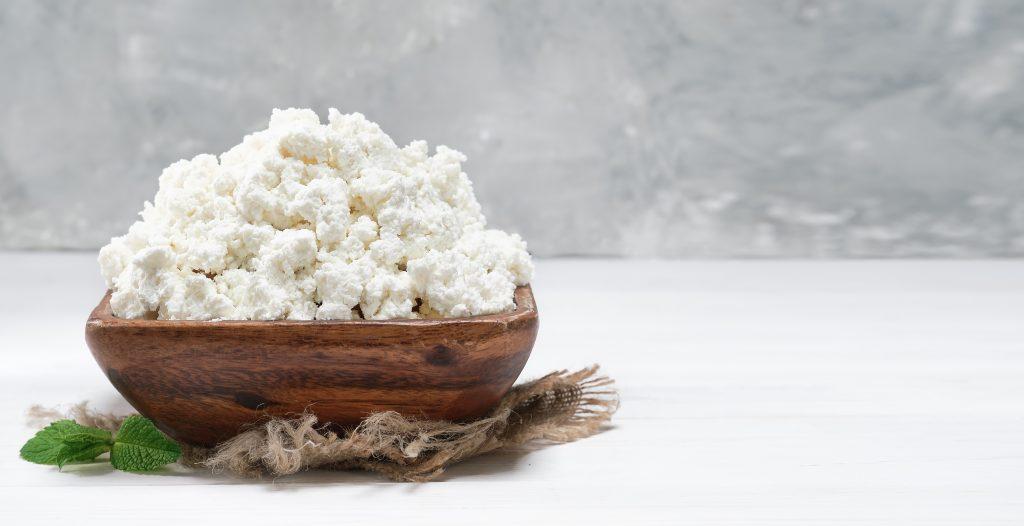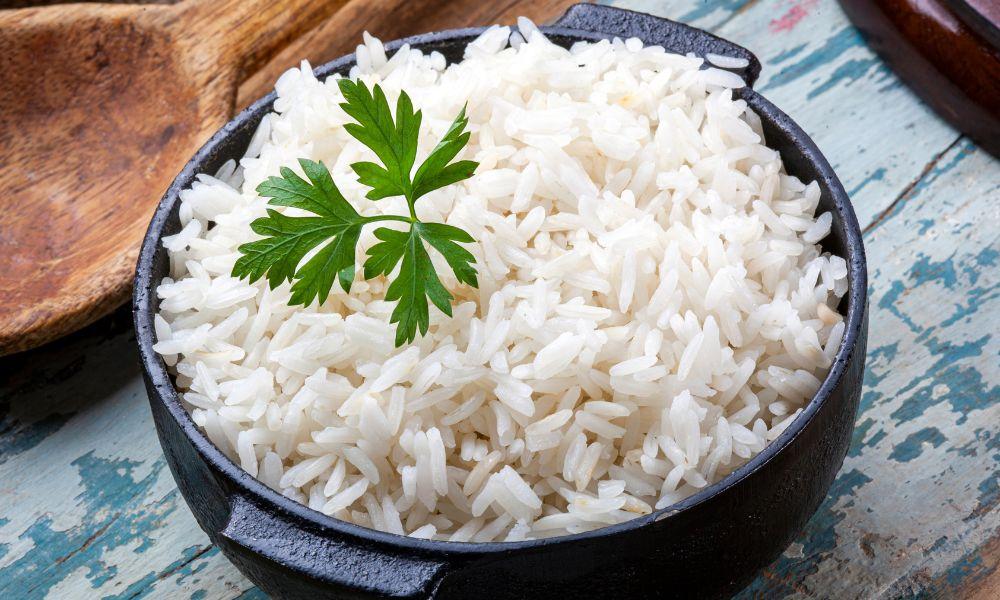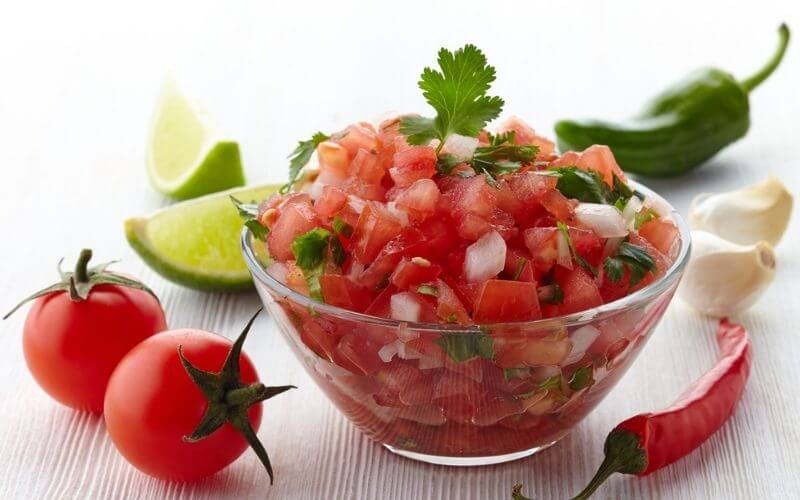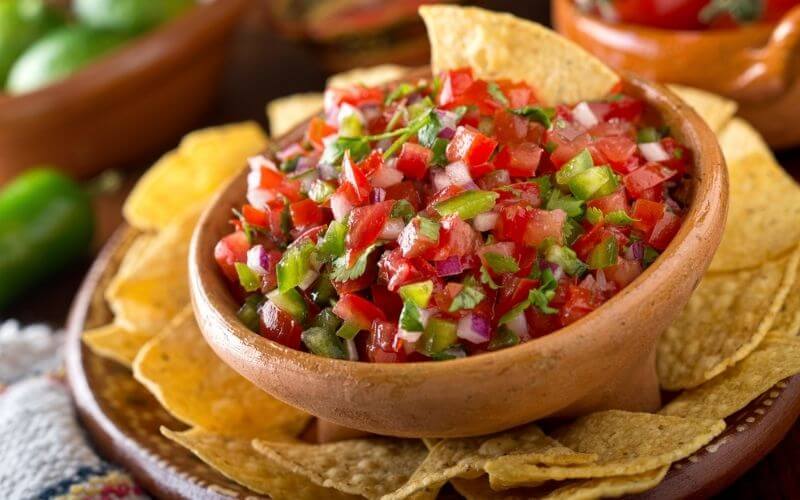Confused about Best by vs. Expiration Dates? This article clears it up. Learn to save food and money.
[su_box title=”Summary of Key Points” style=”default” box_color=”#1383C8″ title_color=”#FFFFFF” radius=”3″]Best-By Date :
🍏 Freshness: Tells you how long the food will stay fresh and tasty.
🛑 Caution: Doesn’t mean the food is bad or unsafe after that time.
Expiration Date :
🚫 Last Day: Is the last safe day to eat the food.[/su_box]
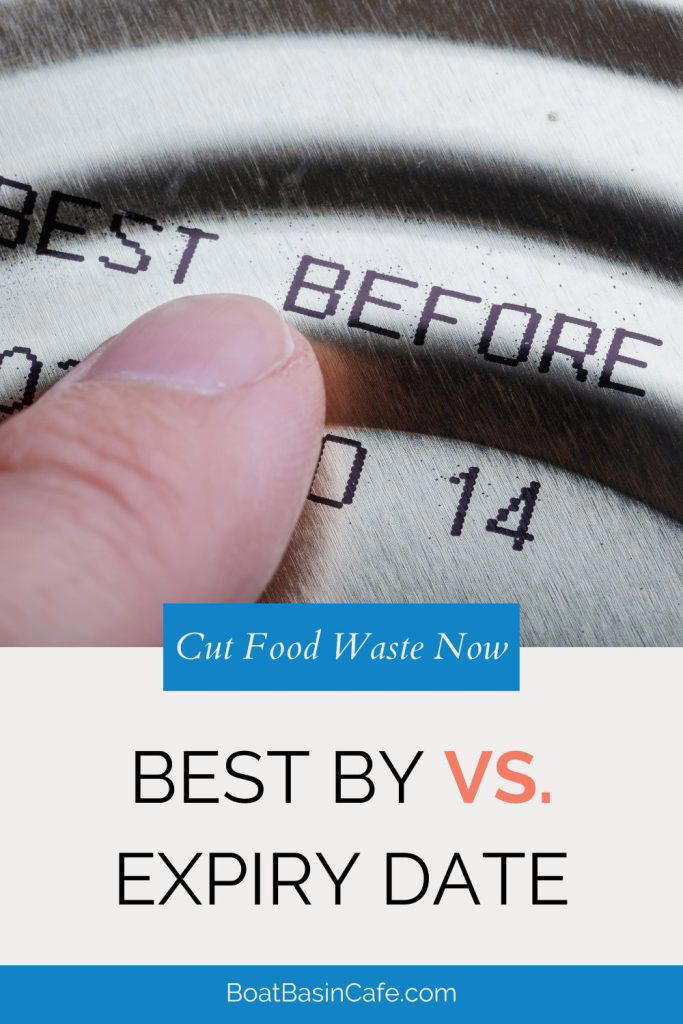
Best By vs. Expiry Date: A Comparative Analysis
When it comes to food products, understanding the difference between Best By and Expiration dates is crucial for ensuring the safety and quality of what we consume. Although these dates may appear similar, they carry distinct meanings that can significantly impact our decision-making regarding consumption.
Comparing “Best By” and “Expiration” Dates📝
| Topic | Best By Dates | Expiration Dates |
|---|---|---|
| Purpose | Indicate when a food product will maintain optimal quality, including taste, texture, and freshness. | Signify the last day a product is safe to consume. |
| Safety | This does not mean the item is no longer safe to consume after this date. | Beyond this date, there’s a risk of bacterial growth or spoilage. |
| Example | Consider cookies with a “Best By” date of July 31st. Use your senses to check food after this date. | Imagine milk with an expiration date of August 15th. Don’t consume it after this date. |
On the other hand, let’s explore the significance of “Expiration“ dates.
Expiration Dates: Unlike “Best By” dates, expiration dates signify the last day a product is deemed safe to consume according to manufacturer guidelines. Beyond this date, there may be a risk of bacterial growth or spoilage that could potentially lead to illness if consumed.
Throw out fish🐟 or meat immediately if they are past the expiration date. It’s generally advisable not to consume milk beyond this date, as it’s more likely to be spoiled and potentially harmful.
Understanding the key differences between “Best By” and “Expiration” dates enables us to make informed decisions about the safety and quality of our food products.
🏷️ Navigating the Labels on Your Food Items
Reading food labels while grocery shopping can be tough. But with practice, it gets easier. Here are some essential tips for navigating these labels:
📖 Read carefully: Take your time to read and comprehend both the ‘Best By’ and ‘Expiration’ dates. Understanding their meanings empowers you to make informed choices about what to buy and when to consume it.
🍖 Prioritize perishables: Pay closer attention to perishable items like dairy products, meat, and seafood, as they tend to have shorter shelf lives. Ensuring these foods are fresh is vital for minimizing foodborne illnesses.
👀 Trust your senses: Before consuming any food item, rely on your senses of sight, smell, and taste to assess its freshness. Don’t eat if food looks or smells bad, even before its ‘Best By’ date.
🗓️ Plan your meals: To reduce food waste, plan your meals in advance based on the ‘Best By’ dates of the ingredients you purchase.
❓ Seek clarification: If unsure about a particular date or label, don’t hesitate to ask store personnel or contact the manufacturer directly. Clarifying any doubts eliminates ambiguity and ensures that you make informed choices.
🍏Determining the Safety and Quality of Food Items
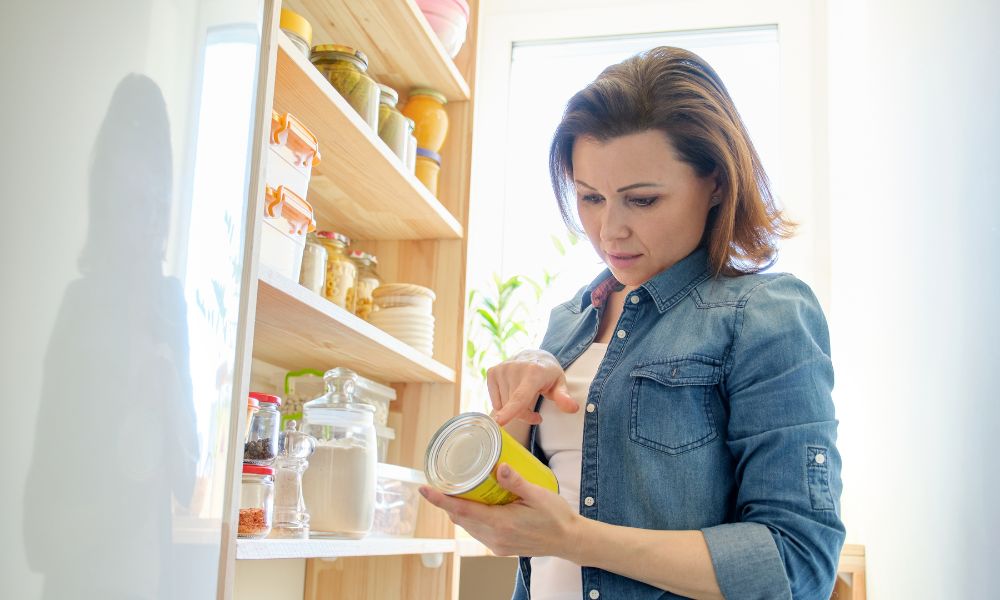
Knowing how to check food safety and quality is crucial for what we eat. While food labels provide valuable information, other sensory cues can help us make safe choices. Let’s explore some key factors:
📦 Packaging: One of the first indicators to consider is the packaging itself. Avoid food in damaged or bulging cans. These signs often mean the food could be bad.
👁️ Visual Inspection: Visually inspect the food for any discoloration, mold growth, or unusual texture. These signs can tell you if the food has gone bad.
👃 Smell: Another vital aspect to consider is the smell. The odor of a food product can reveal a lot about its freshness. For example, milk smells sour or eggs have an off-putting odor, so they should not be consumed.
🗓️ Expiration Dates: After discussing sight and smell, expiration dates and food labels also play a role in assessing food safety.
Interpreting Food Labels and Expiration Codes
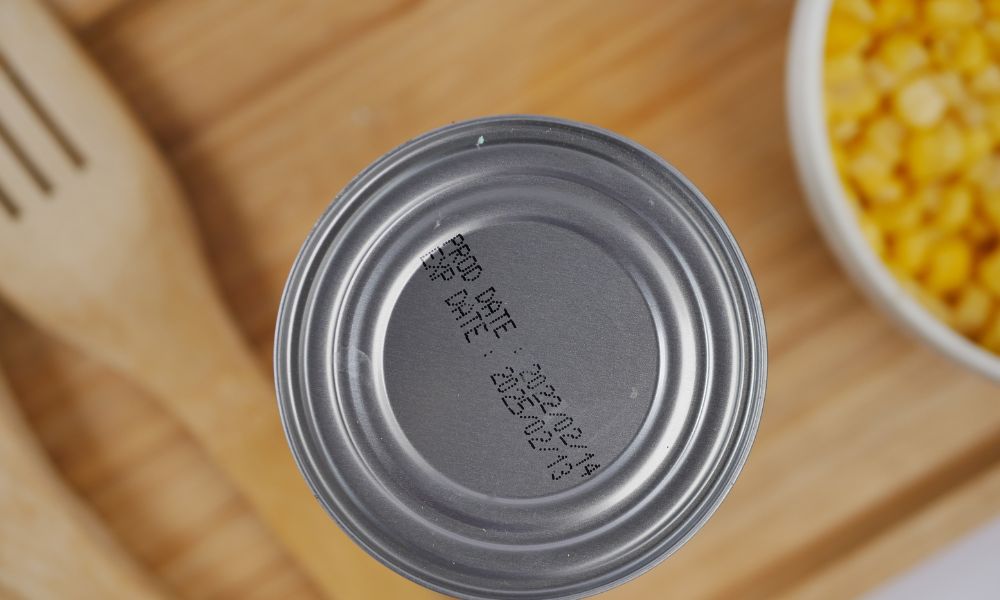
📘 Food labels play a significant role in helping consumers make informed decisions about their purchases. Understanding these labels and expiration codes can greatly assist in determining whether a food item is still safe to consume or has passed its prime.
📅 Firstly, let’s differentiate between “best before” dates and expiration dates:
🗂️ Best Before Date: Refers to the period during which a product retains its optimal quality, including taste, texture, and nutritional value. It does not necessarily indicate that the product is unsafe after this date; rather, it may have lost some desirable qualities.
Example: Canned goods may lose their texture or color, while certain spices may lose their potency.
Note: The “best before” date is not an expiration date and does not automatically render a product unsafe for consumption.
🚫 Expiration Date: Indicates the last day a product is considered safe to consume.
Example: This particularly applies to perishable goods like fresh fish or meat, where consuming them beyond expiration poses a health risk.
Note: Some dry goods might still be safe after the expiration date, depending on how they’ve been stored.
🍏 Now that we have a clear understanding of food labels and expiration codes let’s explore practical tips for maximizing the shelf-life of our groceries through proper storage techniques.
Maximizing Grocery Shelf-Life: Proper Storage Techniques
Understanding proper storage techniques is paramount to minimizing food waste and maximizing our grocery purchases. By storing our food correctly, we can extend its shelf life and maintain its freshness for longer. Below are some essential tips to help you maximize the shelf life of your groceries:
🌡️ Temperature Control:
- Vital for preserving the quality of perishable items.
- Most foods need refrigeration below 40°F (4°C).
- Regular cleaning of your refrigerator prevents cross-contamination.
🍏 Produce Storage:
- Different fruits and vegetables have varying storage needs.
- Bananas, apples, and citrus can be on the countertop.
- Leafy greens and berries should be in the refrigerator.
📦 Proper Packaging:
- Integral for extending grocery shelf life.
- Use airtight containers or sealed bags for meat and poultry.
- Transfer leftovers to airtight containers for longer freshness.
❄️ Freezer Use:
- Greatly extends the shelf life of many groceries.
- Divide large quantities into smaller portions for easy defrosting.
- Label packages with the freeze date.
🔄 Stock Rotation:
- An often-overlooked practice.
- Place newly bought items behind older ones in the pantry or fridge.
- With these proper storage techniques in mind, you can significantly reduce food waste and stretch the lifespan of your groceries.
Smart Canning and Storage Tips
Canning is an age-old method used for generations to preserve food. By carefully following the correct canning procedures, you can store various types of foods for extensive periods without compromising their quality.
🍓 Imagine the satisfaction of enjoying a taste of summer in the depths of winter – biting into a perfectly ripe tomato or savoring homemade strawberry jam. Canning allows us to capture the flavors of seasonal produce at their peak and enjoy them throughout the year.
Key Tips:
- 🧼 Proper Sterilization: Ensure all equipment, such as jars, lids, and utensils, are thoroughly cleaned and sterilized before use. This ensures that no harmful bacteria or fungi are introduced during the preserving process.
- 🍲 Hot Packing: This involves heating your food product (fruits, vegetables, or even meat) to boiling temperature before transferring it into sterilized jars. Hot packing helps destroy any potential microorganisms that could cause spoilage.
- 🛢️ Sealing Jars: Using new lids with rubber seals and adequately securing them onto jars while still hot allows for airtight sealing. As the contents cool down inside the jar, a vacuum forms, preventing bacteria or air from entering and causing spoilage.
- 🌡️ Storage Conditions: Keeping your canned goods in a cool, dark place is important for extended shelf life. Ideally, a pantry or cellar with stable temperatures between 50-70°F (10-21°C) will provide optimal conditions.
🍲 Consider the joy of opening a jar of homemade pickles or tomato sauce months after canning, knowing that the flavor and quality have been preserved. These smart canning and storage tips ensure that your homemade creations are safe to consume and retain their deliciousness for months.
Evaluating Food Safety After the Best By Date
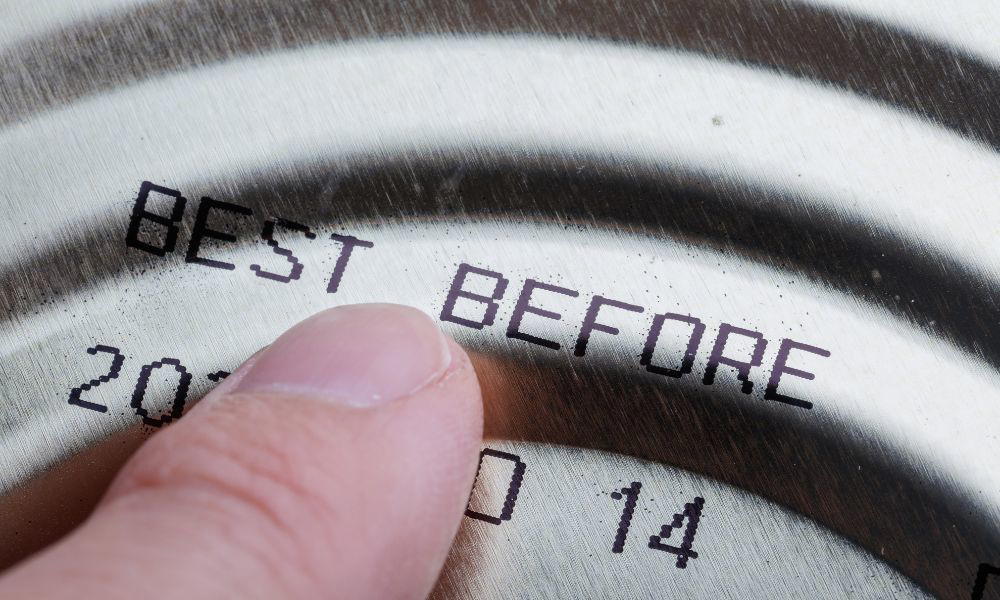
After the “best by” date on a food product has passed, it’s natural to wonder whether it is still safe to consume. It’s important to remember that the “best by” date is not an expiration date but rather an indicator of when the product is at its peak quality. However, it doesn’t necessarily mean the food is no longer safe.
👁️ Using Your Senses
- Sight: Check for discoloration or mold growth.
- Smell: Pay attention to off-putting odors.
- Taste: A bad taste indicates the food should not be consumed.
Example: Let’s say you have a carton of milk in your refrigerator that has passed its “best by” date. Before pouring it into your cereal bowl, give it a visual inspection. If you notice any lumps or curdling, it would be wise to discard it. Similarly, if the milk smells sour or unpleasant, it’s a clear sign that it has gone bad and should not be consumed.
🥫 Special Cases
- Canned Goods: Known for their long shelf life and may still be safe after their “best by” date.
- Warning Signs: Bloating or bulging cans are a red flag.
🌡️ Storage Conditions
- Temperature: Affects how long food remains good.
- Moisture: This can also impact the shelf life.
Example: Think of it this way: you wouldn’t eat a sandwich that has been sitting out on your kitchen counter for several days, even if it’s within its “best by” date. Similarly, if a perishable food item like fresh fish or meat has passed its “use by” date, it’s important to dispose of it immediately to avoid any potential risks to your health.
👍 Final Thoughts
- Trust Your Senses: The most reliable method for evaluating food safety.
- Use Common Sense: Consider how the food has been stored since its purchase.
By staying mindful of these considerations, you can make informed decisions about consuming food after the “best by” date. Remember, prioritizing food safety prevents potential health risks and helps reduce unnecessary food waste.
If you found this information helpful and want to learn more about extending the shelf life of other items in your pantry, check out our Food Coloring Expire Date and Proper Storage Techniques.
FAQs
Can consuming products past their best-by or expiration date lead to health risks?
Consuming products past their best-by or expiration date may not always lead to immediate health risks. These dates mainly show the food’s quality and freshness. But the food’s taste and nutritional value could get worse over time. A Natural Resources Defense Council study shows that about 90% of Americans waste food. They throw it away early because they are confused by best-by dates.
Are there any legal regulations around using best-by and expiration dates on food products?
Yes, there are rules for using best-by and expiration dates on food. In the United States, the FDA requires precise expiration dates on risky food items. Lawmakers have suggested a new rule called the Food Date Labeling Act to fix this. This rule aims to make date labels on food clearer.
How long after a best-by date is still safe to consume a product?
How long a food item is safe to eat after its best-by date depends on the food type, how you store it, and its package. Studies from the Food Marketing Institute reveal that nearly 84% of people think best-by dates show if food is safe. This belief causes more food waste.
What factors determine whether a product has a best-by or expiration date?
The food’s nature, ingredients, and spoilage risks decide if it gets a best-by or expiration date. Food Marketing Institute research shows that 20% of people wrongly think best-by dates are about food safety, not quality. Knowing the difference can reduce food waste.
Does labeling “best-by” versus “expiration” dates vary by country or industry?
Yes, how “best-by” and “expiration” dates are used changes by country and industry. A Food Marketing Institute study found unclear date labels cause household food waste. This shows the need for better labels in all countries and industries.

